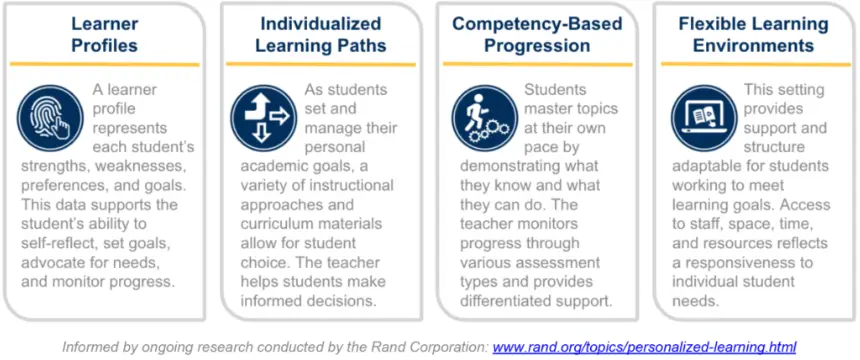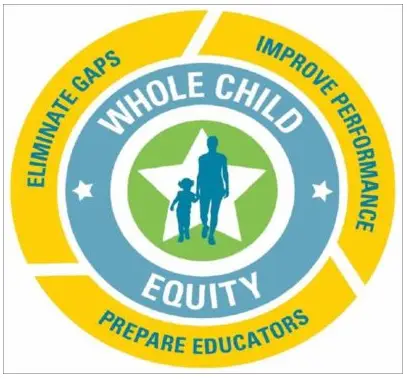This blog was originally published on EdNC and is the fourth piece in a five-part series of perspectives from RTI International on competency-based education amid COVID-19. Follow along with the rest of the series here.
Today, we find ourselves racing to find a cure, to reopen our communities, to figure out what “normal” means again. The COVID-19 pandemic has laid bare our education system, highlighting deeply rooted inequities that make remote learning a challenge for many students and educators.
Our present situation has changed the way we are finishing this school year and will likely change how we enter the next. Ten years ago, North Carolina’s education system was also undergoing changes that began to pave the way for increased equity across the state. Looking back over the last decade, how much better off are we because of these investments? How do we take what we’ve learned from the past to enhance equity in our present and future?
In 2010, North Carolina was awarded a $400 million Race to the Top (RttT) grant. About half of the funds were provided directly to school districts and charter schools, while the remainder was used for statewide implementation of improvements for all public schools. Some highlights of the progress identified in the 2015 closeout report include updating the North Carolina Standard Course of Study, implementing data systems to better support instruction, and improving performance of some of the lowest-performing schools.
RttT positioned North Carolina public schools with some key supports and infrastructure to continue on a path of improving educational outcomes for all students. Technology access and infrastructures in schools — ranging from the installation of broadband in school facilities to increasing the number of devices available to students and teachers — enabled more blended and digital learning opportunities and connected both students and teachers with resources for continued learning and assessment of progress.
Following RttT was the 2015 reauthorization of the Elementary and Secondary Education Act with the signing of the Every Student Succeeds Act (ESSA). The ESSA legislation provided more autonomy for states to consider their own students and contexts in making evidence-based decisions to improve schools and student outcomes.
Once again, North Carolina had the opportunity to be more creative and innovative with how to work towards equitable outcomes for all students while building on its successes from RttT. The guiding principle of North Carolina’s ESSA plan is “to transform from industrial age practices of providing all students and educators with the same inputs and opportunities to digital-age practices in which all students and educators have access to unique learning experiences based upon their individual needs and aspirations.” This principle provides a strong focus on personalized learning to support every student in finding their own path to success.
The technological gains from RttT and ESSA’s emphasis on personalized learning has positioned North Carolina to make even more significant improvement in student outcomes and further reduce educational gaps. A marriage of innovative — and, at times, technology-based — practice and personalization, competency-based education (CBE) is a logical next step for North Carolina to take to both advance equity and do what is best for students.
In a competency-based learning environment, every student receives the support needed to take control of their own learning, move at their own pace, and demonstrate mastery of knowledge across disciplines. Given North Carolina’s historical investments in technology, infrastructure, and personalized learning, the state is primed to tackle its first steps toward CBE that can enhance equity for students.
To better understand the relationship between CBE and equity, CompetencyWorks released Designing for Equity: Leveraging Competency-Based Education to Ensure All Students Succeed. In the paper, the authors outline that equitable education systems (1) ensure equal outcomes; (2) disrupt institutional inequity; and (3) include and personalize.





